Puji Temple, Lijiang – Ticket, Opening Hours, Location, and Highlights
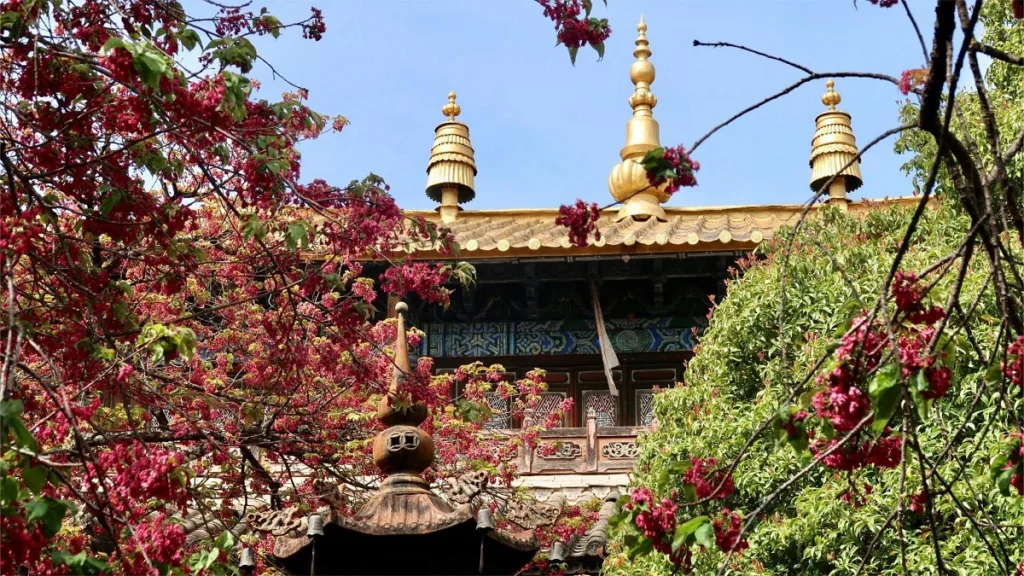
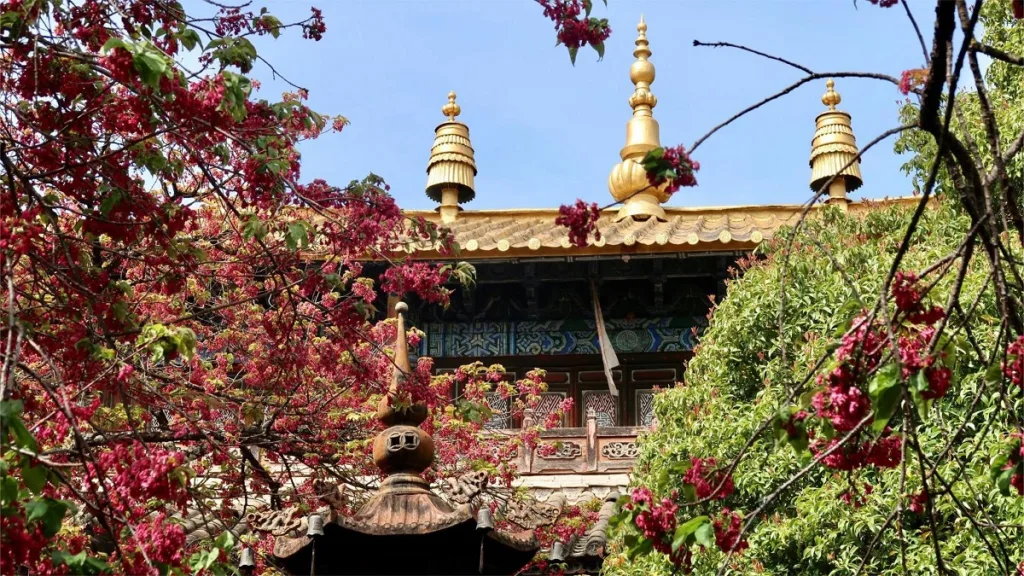
Puji Temple (普济寺), known as “Shepeilanxinlin” in Tibetan, meaning “Temple of Liberation Practice,” is located in the Old Town district of Lijiang, Yunnan Province, China. Nestled amidst verdant peaks and picturesque landscapes, it stands as the closest Lama temple to the ancient city of Lijiang.
The history of Puji Temple can be traced back to the 36th year of the Qing Emperor Qianlong’s reign (1771), when it was constructed under the supervision of the first Living Buddha Dengseng, also known as Hedian, from Puji Village. Over the ensuing years, the temple underwent several renovations and expansions. It was rebuilt in the 11th year of the Qing Emperor Jiaqing’s reign (1806) and expanded in the 14th year of the Qing Emperor Daoguang’s reign (1854). In the 26th year of the Republic of China (1937), the head Lama of Puji Temple, Shenglu Living Buddha, carried out another major renovation of the temple, covering the main hall with copper tiles, thus earning the name “Copper Tile Hall.”
The architectural style of the temple is distinctive, blending elements of Han, Tibetan, and Naxi ethnic groups. The Copper Tile Hall stands on a raised platform, featuring a double-eave gable and hip roof with bracket supports, reaching a height of 12 meters. The spacious hall is adorned with carved beams and painted pillars, elegantly decorated with motifs such as Bagua, Tibetan Eight Treasures, and the Vajravarahi. The wooden lattice railings in front of the main hall and the stone relief carvings on both sides of the platform exemplify this unique architectural fusion. Puji Temple comprises the Copper Tile Hall, auxiliary halls, guardian halls, and a mountain gate, forming a three-section courtyard. Three smaller courtyards on the right side are designated for the residence and cooking facilities of the Lamas. Two Yunnan cherry trees, over 200 years old, stand in front of the main hall, renowned as the “Crown of Yunnan Cherry Blossoms.” Surrounding the temple are numerous pear trees, adding to the picturesque scenery, especially during spring and autumn when the area is bustling with visitors.
Beyond its architectural significance, Puji Temple serves as one of the most important Buddhist venues in the Lijiang region. Various Buddhist rituals and celebratory events are held annually, allowing visitors to immerse themselves in the rich religious atmosphere and gain insight into the spread and influence of Buddhist culture in the Lijiang area. Whether admiring the temple’s architectural beauty or experiencing its spiritual ambiance, a visit to Puji Temple offers a profound encounter with both history and faith.
Основная информация
| Предполагаемая продолжительность тура | 1 - 2 часа |
| Цена билета | 10 ЮАНЕЙ |
| Часы работы | 8.00 - 18.00 |
Расположение и транспорт
Puji Temple is situated at the foot of Puji Mountain, west of the ancient city in the Old Town district of Lijiang City, Yunnan Province, China. It is located approximately 6 kilometers from the county seat. To get there, you can take bus 5A or 5B, and get off at Puji Lower Village Stop (普济下村站).
Vlog about Puji Temple
Other Attractions in Lijiang Urban Area
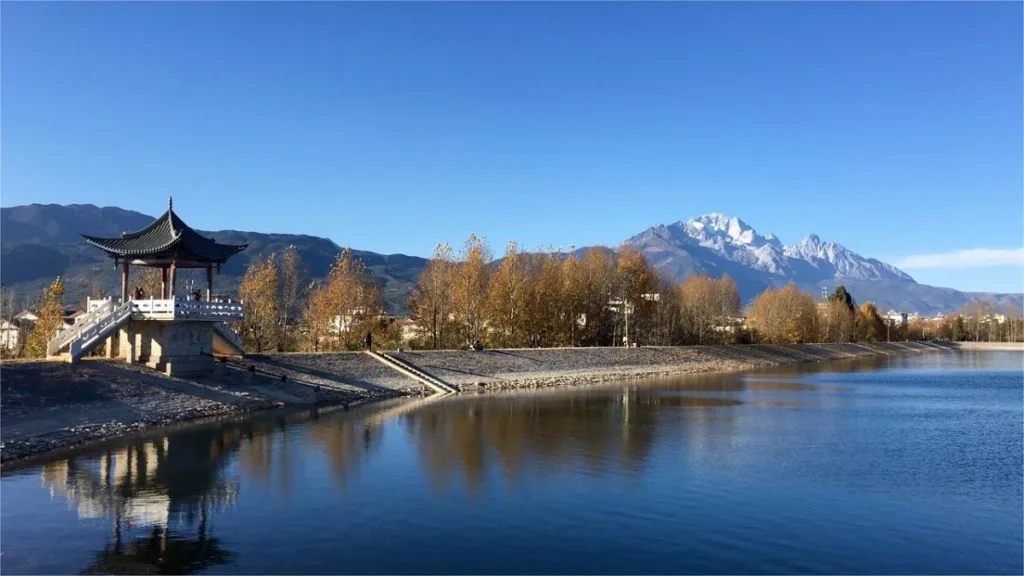
Lijiang Qingxi Reservoir
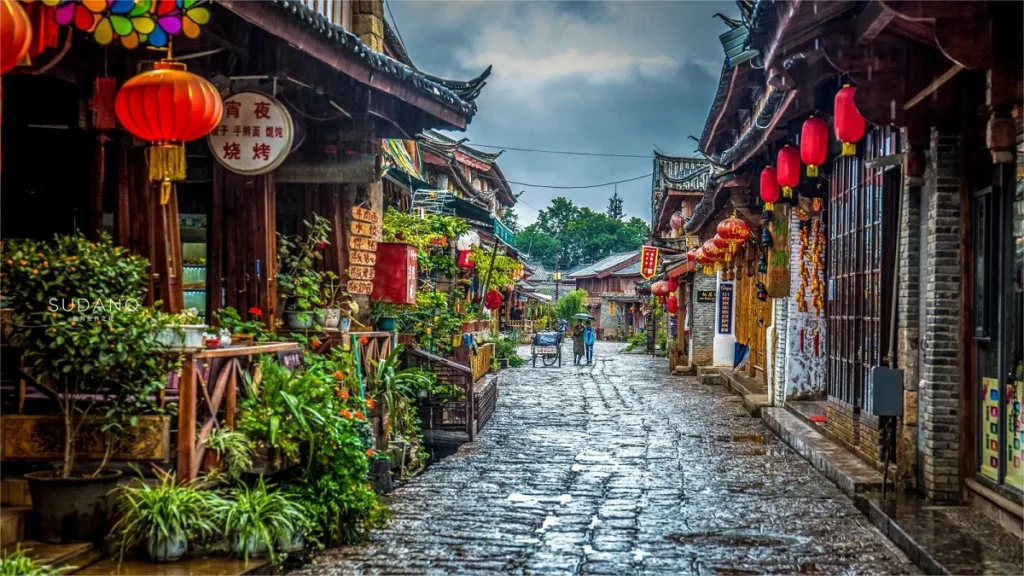
Shuhe Ancient Town
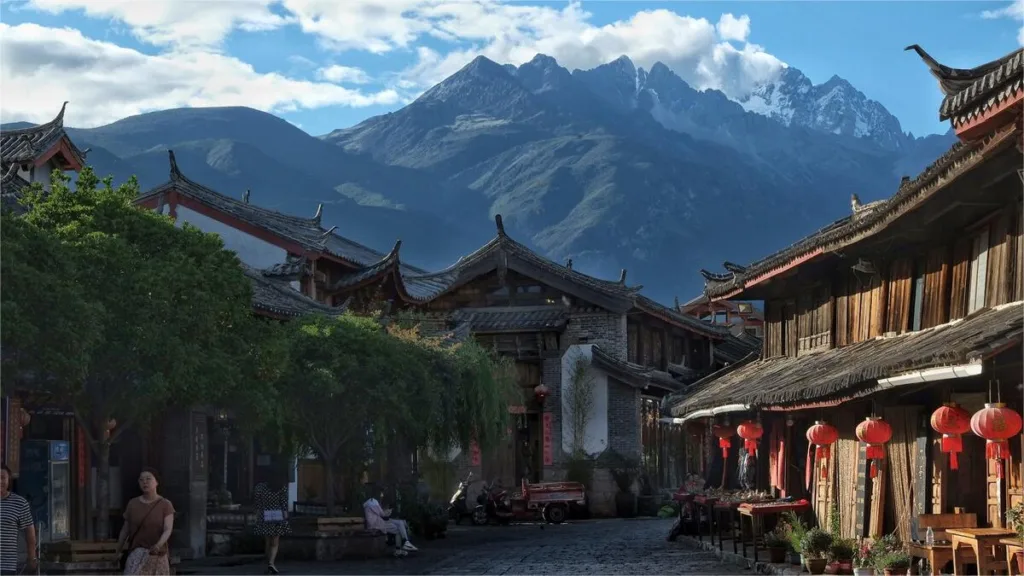
Baisha Ancient Town

Lijiang Romance Park
Достопримечательности Лицзяна, Исторические достопримечательности Юньнани